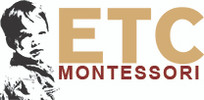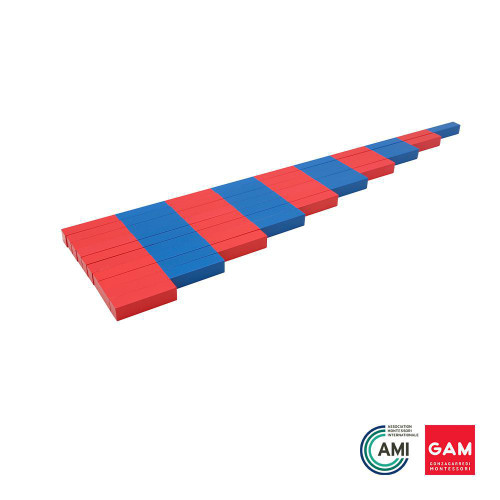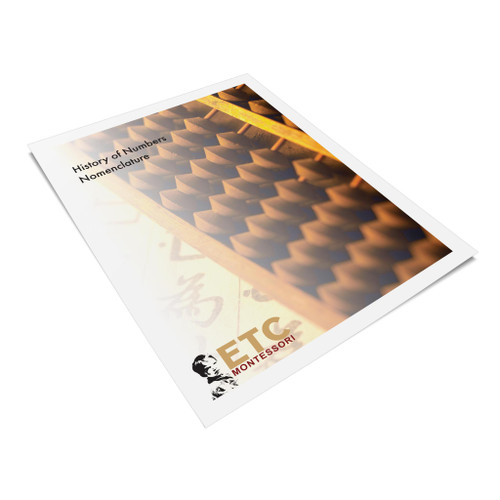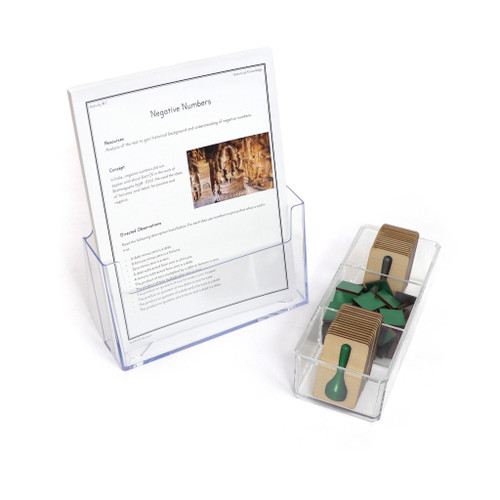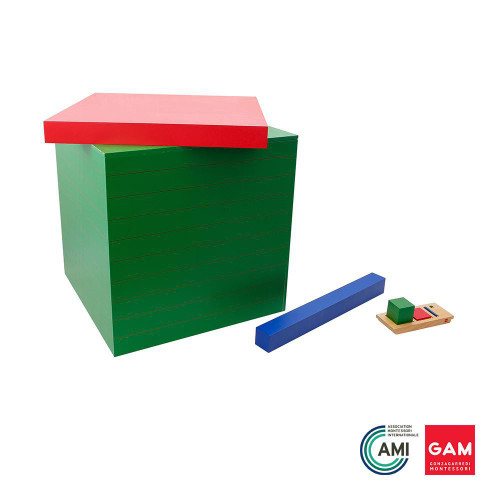Product Overview
A hands-on way for young children to feel what numbers are—before they’re asked to memorize them. Feel the Number invites the child to trace and handle numerals and matching quantities, building a concrete association between the symbol (3) and the amount (•••). The material is intentionally tactile: raised or textured numerals guide the fingers, slow the mind, and anchor understanding through touch.
What it is
A durable, self-correcting number set designed for early learners. Children trace the numeral with the wooden pen, then match it to its quantity piece (or to loose counters you provide). The textured surfaces promote careful movement and accurate formation, while the clear, consistent design keeps the focus on symbol–quantity relationships.
Why it’s useful (home or classroom)
-
Bridges concrete to abstract. Children don’t just see numbers—they feel them, matching symbols to real quantities.
-
Supports correct numeral formation. Finger tracing establishes motor memory that later transfers to pencil control.
-
Strengthens attention and confidence. Clear control of error lets children check their own work and repeat independently.
-
Flexible for differentiation. Present a few numerals at a time for beginners; mix, sequence, or play “mystery number” games for more challenge.
-
Pairs beautifully with Montessori work. Complements sandpaper numerals, spindle boxes, counters, and number rods.
Direct Aim
-
Establish symbol–quantity association for numbers (e.g., 5 ↔ five objects).
-
Develop correct numeral formation through guided finger tracing.
-
Reinforce one-to-one correspondence when matching quantities to numerals.
Indirect Aim
-
Prepare the muscles and pathways for handwriting (fine motor control, directional movement).
-
Build left-to-right tracking and orderly work habits.
-
Strengthen tactile discrimination and the stereognostic sense.
-
Lay foundations for place value and operations by securing early number sense.
How to present (quick guide)
-
Offer two or three numerals. Model tracing each numeral slowly with two fingers.
-
Invite the child to trace, then match each numeral to its quantity (using quantity pieces or loose counters you provide).
-
Rotate numerals over time; add sequencing (0–9, then 10), odd/even sorts, and quick oral prompts (“Show me 7”).
Recommended age: Early Childhood (roughly 3–6), with simple extensions for emergent readers in Lower Elementary.
Care & storage: Wipe clean; store flat in a small tray or box so children can choose and return the work independently.
Note: GAM Gonzagarredi Montessori materials are not an economy brand. The products are manufactured in such a way so they can endure daily use for many years in childcare, home-learning, and school environments.
These products are produced in company owned factories with the commitment of high-grade craftsmanship, sustainability, and environmental and social responsibility. The products are made of sustainable raw materials, such as wood from planted European forests and water-based inks and paints, and meet the demands of various rigorous safety regulations, including EN71 and ASTM.
Please note that Montessori materials are not toys, but educational, teaching materials. They are designed to be used under the supervision of professionally trained adults in a school environment. Please always use these products under supervision to ensure they are used correctly and safely. Some of the Montessori materials and tools may contain swallowable, small, rough, pointed, or other elements that can cause injury or damage if used improperly.
Insurance information: Why we recommend insurance.
